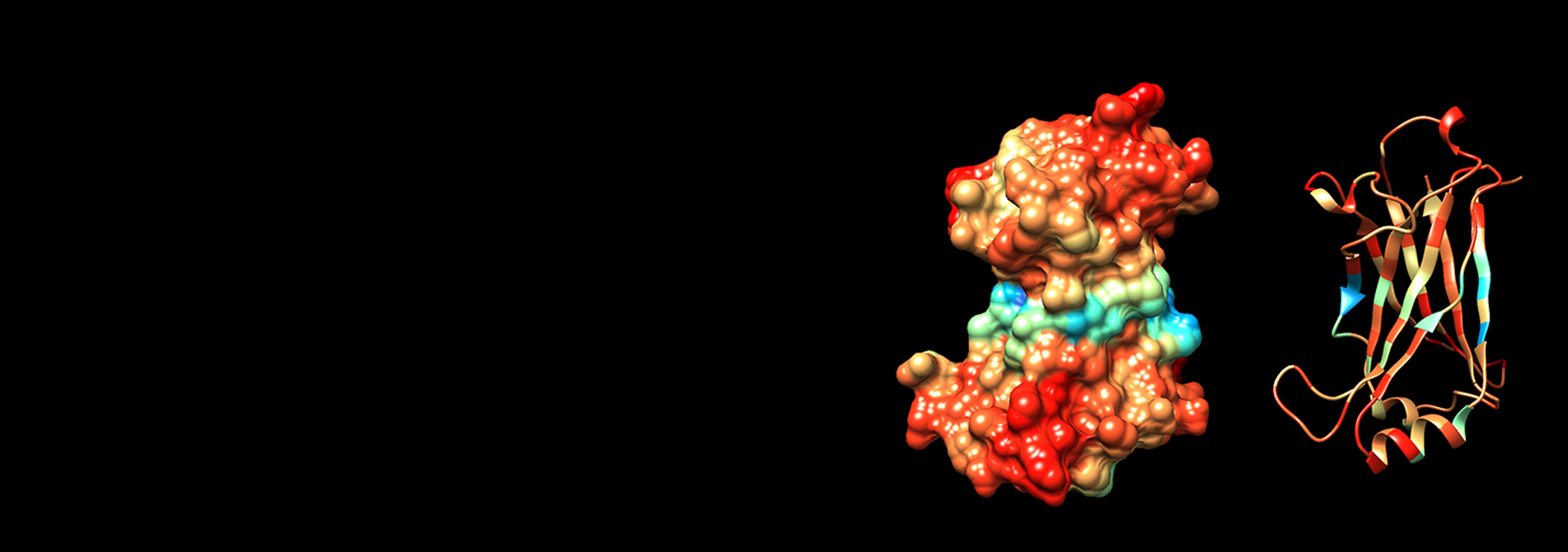A background in biophysics opens doors to careers in academia, medicine, biotech, data science, and more. Our alumni go on to graduate programs, medical school, industry labs, and startup ventures. In the section below, we share the work being done by some of our alumni and Faculty at UBC, Vancouver, and beyond!
Andre Marziali


President of Boreal Genomics
Professor at UBC Physics and Astronomy in Biophysics
Director of Engineering Physics
Dr. Marziali earned a BASc in Engineering Physics from UBC and is currently a professor in the Department of Physics and Astronomy. As the lead of the Applied Biophysics Lab at UBC, Dr. Maziali’s research endeavours aim to remodel and expand technologies in genomic sciences. The Applied Biophysics Lab is pioneering interdisciplinary innovation in instrument design, automation efforts, and new electrophoresis technologies. From his academic research emerged Boreal Genomics, a company developing real-time tumour growth monitoring and novel cancer diagnostics to improve targeted drug development and accelerate clinical trials.
Learn more about Dr. Marziali’s work by watching his brief talk at Innovate 2016: Andre Marziali | Innovate 2016
________________________________________
Carl Hansen


CEO & Founder of AbCellera
Adjunct Professor at UBC - Michael Smith Laboratories
Dr. Hansen graduated from UBC with a BASc in Engineering Physics & Honours Mathematics. After his PhD training at Caltech and a Postdoctoral Fellowship at the Institute for Systems Biology, he became a faculty member at UBC. AbCellera is a Vancouver-based biotechnology company that emerged from collaborative projects in the Hansen Lab. At the forefront of therapeutic antibody development, AbCellera is innovating traditional methods by integrating data science and bioengineering into the development process. By using a collaborative approach, from target identification to clinical application, AbCellera is helping fill the unmet medical needs of conditions with limited treatment options. Dr. Hansen left his full-time position as an Associate Professor to focus on AbCellera.
You can learn more about Dr Hansen’s work and the growing field of biotechnology in the following video, where he spoke about medicine, technology, and leadership at the University of Austin, Texas: Why medicines are miracles of science and technology | AbCellera CEO Carl Hansen
________________________________________
Pieter Cullis




Biotechnology Entrepreneur & Innovator
Professor - Biochemistry and Molecular Biology at UBC
Dr. Cullis is one of the pioneers of lipid nanoparticle (LNP) technology, which has transformed the biotechnology sphere and propelled genetic medicines to the forefront of research. He earned his PhD in Physics from UBC and completed postdoctoral training at Utrecht University and the University of Oxford. In his tenure as Professor of Biochemistry and Molecular Biology, Dr. Cullis has dedicated his research efforts to developing LNP-based medical therapies, which enable the efficient delivery of nucleic acids into human cells. The novel LNP technology developed by Dr. Cullis and his team has been instrumental in the development of FDA-approved nanomedicines, such as the Pfizer-BioNTech COVID-19 vaccine. As a prolific innovator, Dr. Cullis has focused on bridging the gap between academic discoveries and clinical application and co-founded several biotechnology companies, like Acuitas Therapeutics, NanoVation Therapeutics, and Integrated Nanotherapeutics.
To learn more about Dr. Cullis's outstanding contributions to biotechnology and medicine, you can watch the following video. In this Nanomedicine Innovation Network Lecture, Dr. Cullis discusses the creation of LNP systems, as well as providing insight into the key role scientific entrepreneurship plays in leveraging academic discoveries to enable clinical innovations.
NMIN Lecture with Dr. Pieter Cullis: Why be a scientific entrepreneur?
________________________________________
Sabrina Leslie


Founder of ScopeSys
Professor - Physics and Astronomy & Michael Smith Laboratories at UBC
Dr. Leslie is a pioneer in novel single-molecule microscopy methods that can bridge the gap between in vitro and in vivo investigations of biomolecules and interactions. Her lab at the Michael Smith Laboratories employs engineering, microfluidics, optics, and biotechnology to develop precision nano-tools to study DNA, RNA, and lipid nanoparticles at high sensitivity. Dr. Leslie graduated with a BSc in Honours Physics and Mathematics from UBC and completed her PhD at the University of California, Berkeley. During her Postdoctoral Fellowship at Harvard University, she developed a tether-free technique - Convex-Lens Induced Confinement (CLiC) - to image biomolecules at single-molecule sensitivity. Through a collaborative approach with industry and academic partners, the Leslie Lab team provides insights into the fundamental biophysics of DNA structure and continues to develop microscopy assays and tools for nanomedicine. Dr. Leslie and her team make a real impact through her spin-off company, ScopeSys, by providing leading therapeutics developers with detailed insights and measurements of RNA, DNA, and lipid nanoparticle drug delivery systems using CLiC microscopy.
To learn more about Dr. Sabrina Leslie’s groundbreaking work in biophysics and innovation, you can watch the following video. In this Nanomedicine Innovation Network Lecture, Dr. Leslie presents her team’s development of CLiC single-molecule imaging and its applications in studying nucleic acid and nanoparticle interactions. Single-Particle & Single-Cell Imaging to Quantitate Biophysical Properties of mRNA LNPs
